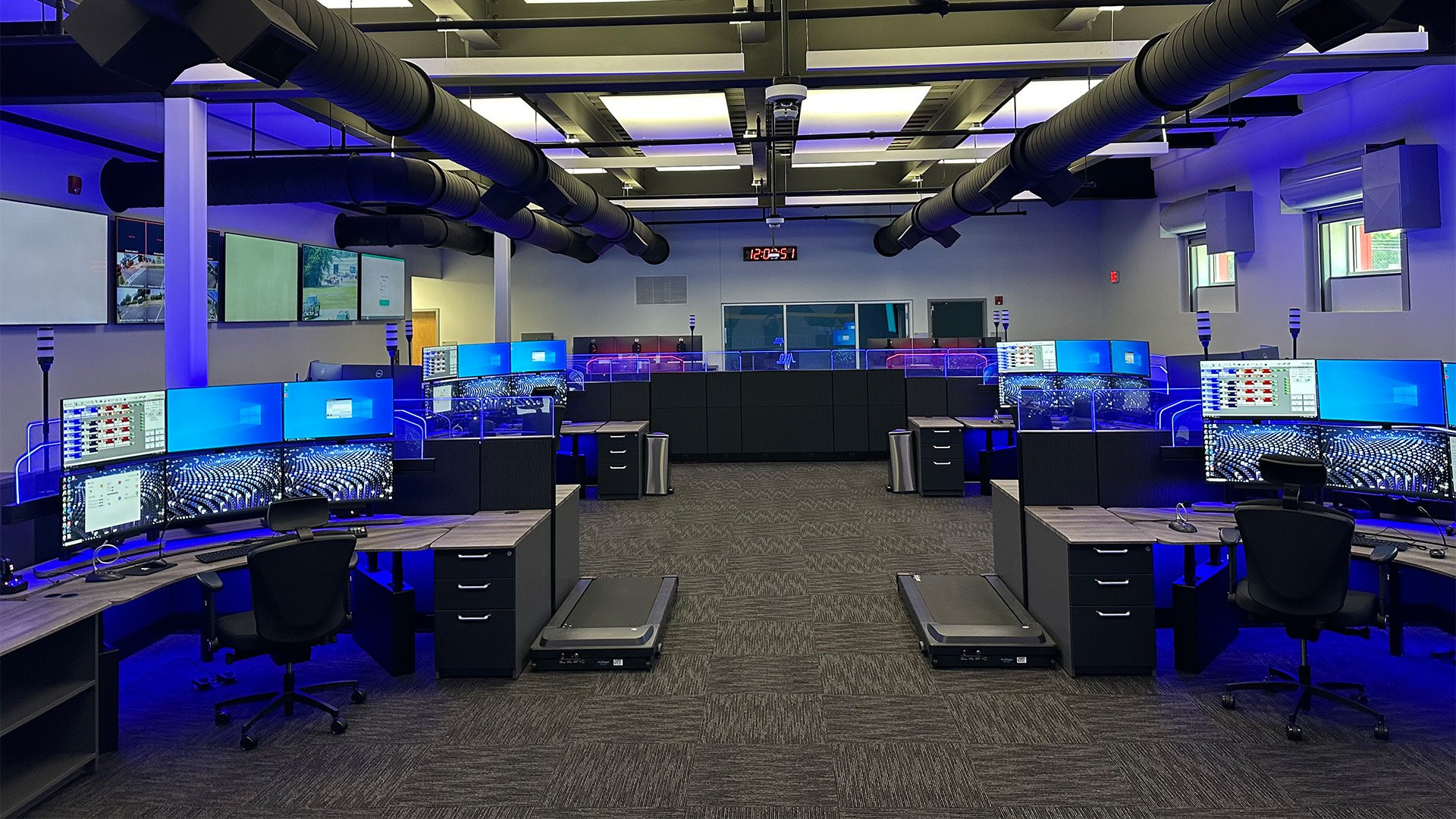There’s been plenty of talk about what the world will look like post-pandemic. This includes non-essential folks returning to work—and a new reality for mission-critical operations who never stopped working. I see several specific and tangible solutions, some involving cloud technologies, that will likely serve mission-critical infrastructure in the immediate future and beyond.
Here are my top seven predictions, working from the small-scale ideas to the large.
Personal Keyboards and Mice
Each person has their own headset, but why not keyboards and mice? Every console vendor over the past five years has made it easy to plug in your own USB devices when you sit down to work, without having to touch one another’s equipment. One way to make this easier is with a KVM Switch, which is a hardware device that allows a user to control multiple computers from one keyboard and one mouse per console. I have experience with the Adder models and love how they work.
Room Dividers
These allow you to keep your room layout the same and implement a pandemic protocol when needed. Clear Plexiglass screens are the way to maintain separation between operators. A good quality screen is easy-to-clean and easy to set up and tear down. Xybix was the first to market with clear protective dividers with the introduction of PlexiGuard.
A Continuity of Operations Plan (COOP)
A COOP plan assigns and documents operational contingencies in the event of an emergency like a natural disaster. Its goal is to ensure that critical functions continue, which includes temporary relocations of both personnel and resources. In the past, COOPs were designed and documented primarily for disasters like extreme weather events, with relatively short time frames. Post-pandemic, continuity plans must accommodate a period of months, not days. We all have some experience now, so the new COOP will be easier to write. Visit this link for some thoughts from industry leaders on COOPs and other changes they see in 24/7 environments.
Colocation Centers
Colocation is something I have seen in larger cities, including Edmonton, AB. Colocating means two simultaneous centers are working together around the clock, not just as needed. Colocating has the advantage of spreading your team out over two buildings, e.g., if you have one building with an infected employee, you can shut it down for cleaning while keeping the other running.
While it is relatively costly, some larger cities and counties are choosing the colocation option. The colocating I see now places some of the staff at the “main” center, and the rest of the staff is housed at the backup center to accommodate better social distance. This leads me to the next topic: backup centers.
A Real Backup Center
Depending on where you are in the country, your backup center may or may not be a big deal. For example, hurricane states tend to have more robust backup centers than others. I know of very few backup centers that are designed for a prolonged issue, like the COVID-19. Most centers saved money on the backup by eliminating some “extra” features, including climate control, height-adjustable consoles, and advanced technology for radios and phones. I always like saving money, but with our 20/20 hindsight, it makes more sense to plan on using the backup center for months at a time. The backup can act as your colocation center, too.
Large Primary Operation Centers
I see the need for more square footage within mission-critical centers to keep people further apart, i.e., social distancing. A typical dispatch console area is about 8' x 8', or 64 square feet. You need to add in circulation space, storage space, and ADA requirements. This can increase the need to 100-150 square feet, per console. This will require larger rooms and buildings, which tend to be more expensive. This may be the new normal, so we need to start planning.
Made in America
This has always been a topic we address. It’s time we put our money where our mouths are and support American made products and the companies that build the products. Our niche market has plenty of foreign companies selling to you. Some have an office in the U.S., but their headquarters are outside the U.S. Some may even be manufacturing in China. Look before you buy; be an internet sleuth, and gather all the facts when shopping.
The Bottom Line
Much like the aftermath of 9/11, which required airports to undergo massive design changes to accommodate advanced security operations, our mission-critical industry will look at the buildings, rooms, furniture, and—most important—the people, as they take the necessary next steps.


